In the second quarter, the national median price was up 1.8% from the prior year. Prices were up 7.6% in the Midwest and 2.4% in the West, but were down 1.6% in the South and 6.6% in the Northeast. The Census Bureau does not report regional median prices by month, only quarterly and annually. In August, the national median price fell to $300,200, a 6.2% decline from the prior month and the biggest since May 2016, following a 1.1% increase in July. This was the sixth straight month where the direction of price changes on a month-ago basis was opposite that of the prior month. Compared to a year ago, the median price was up just 0.4%. After revisions, the 12-month moving average trend of price growth has been fairly steady over the last couple of years, coming in at 3.9% in August, up a bit from 2.9% in January 2016. This contrasts with a noticeable downward trend in this measure before the price revisions in today’s report.
With inflation still below the Fed’s target of 2.0%, the Fed held rates steady at last week’s FOMC meeting. However, they did give a start date of October to begin reducing their balance sheet. This may push up mortgage rates, but inflation and politics will also be factors. Earlier today Janet Yellen confirmed my opinion that the June rate hike was a mistake.
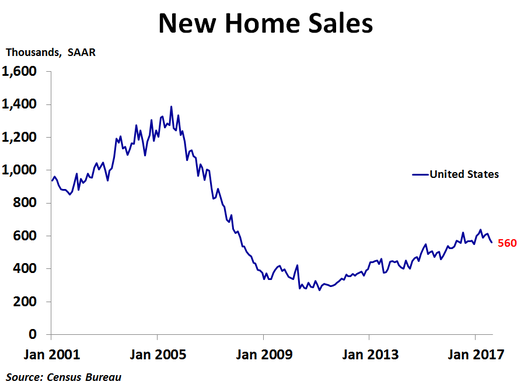
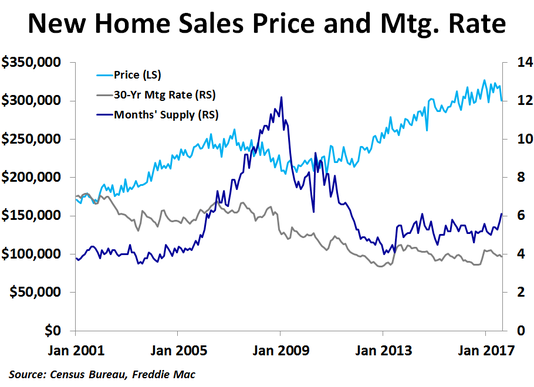
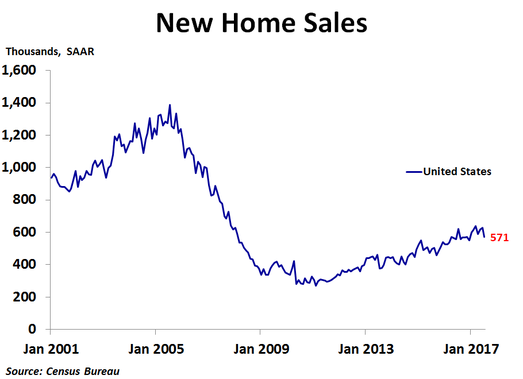
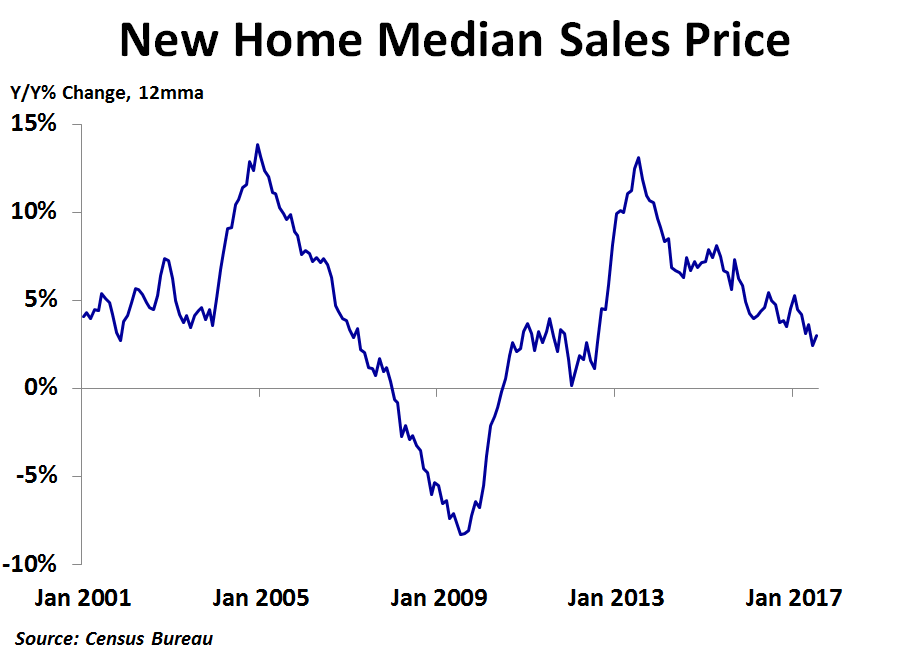
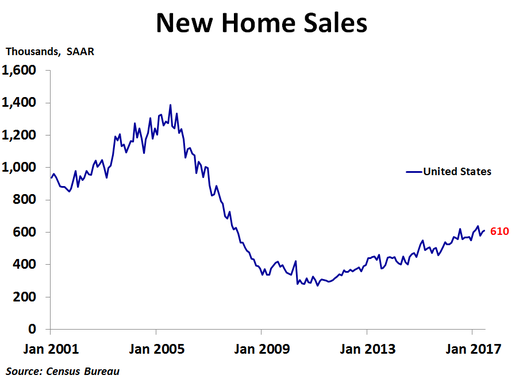
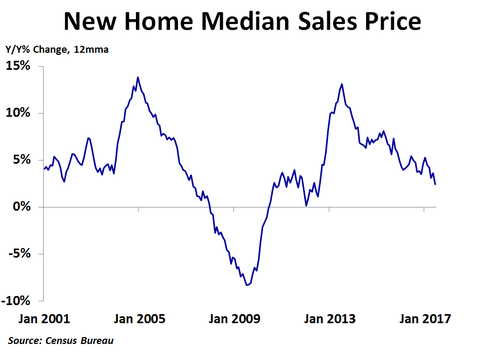
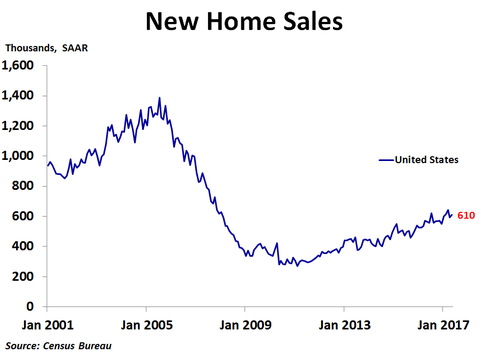
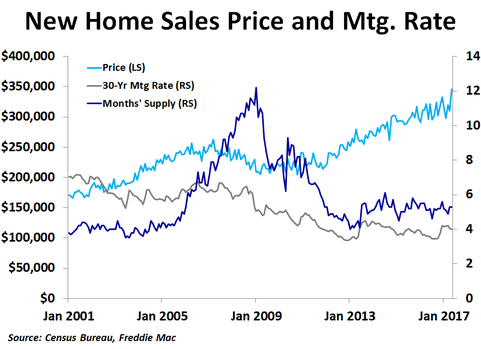
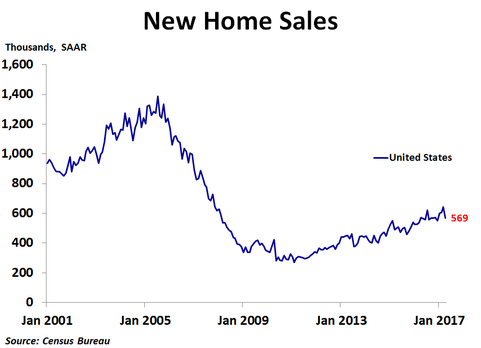
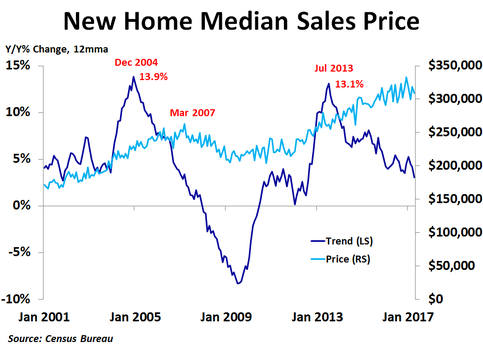
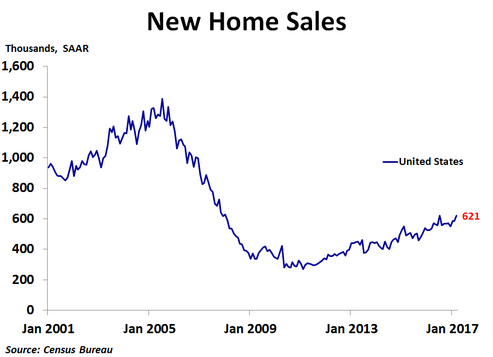

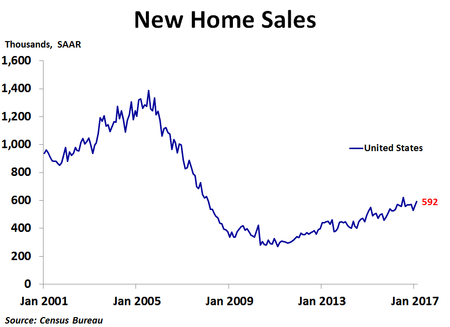
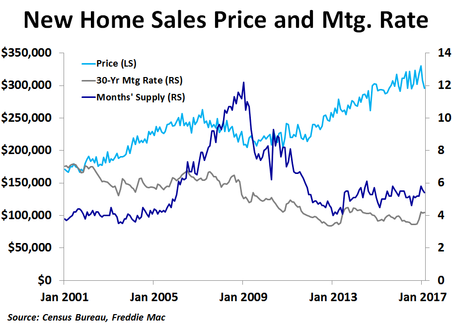
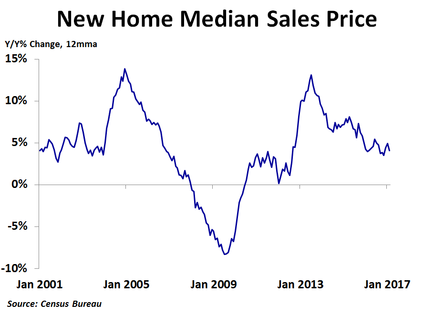
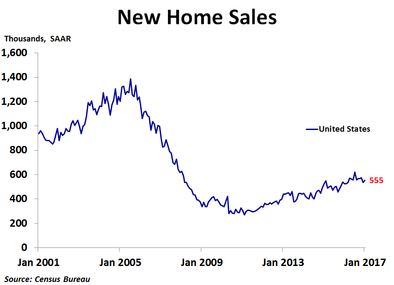

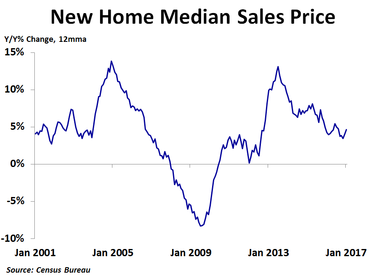
 RSS Feed
RSS Feed